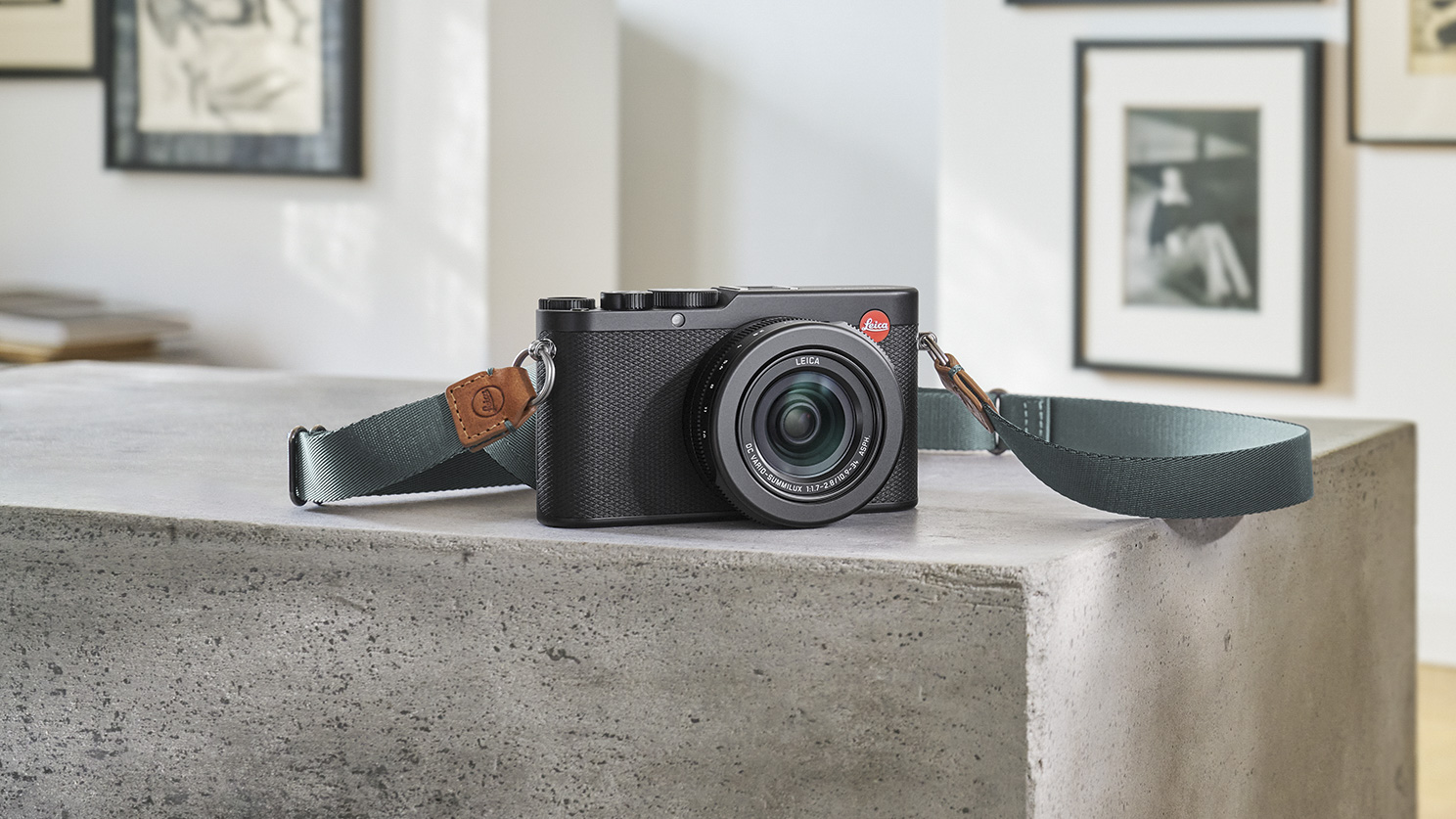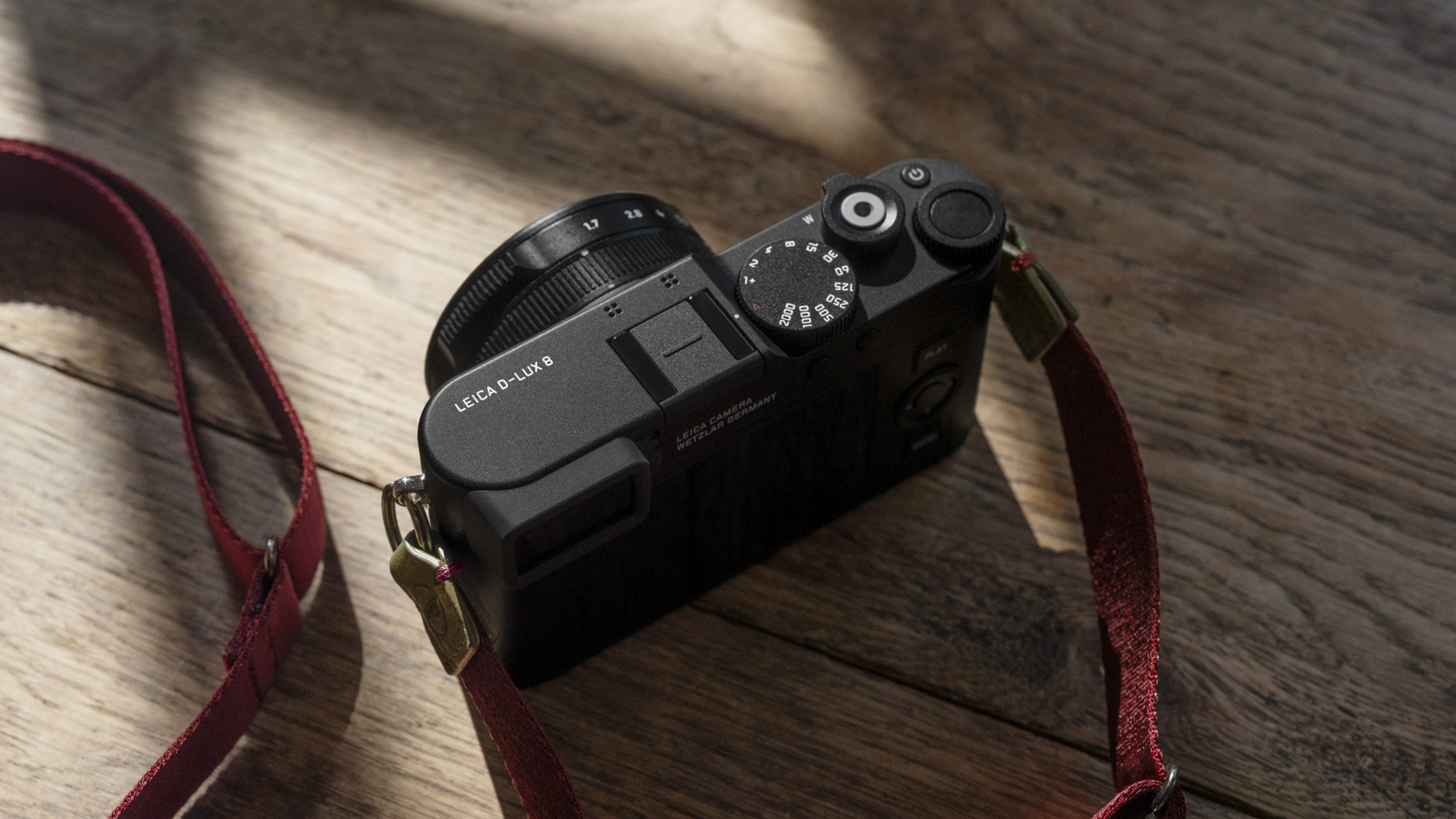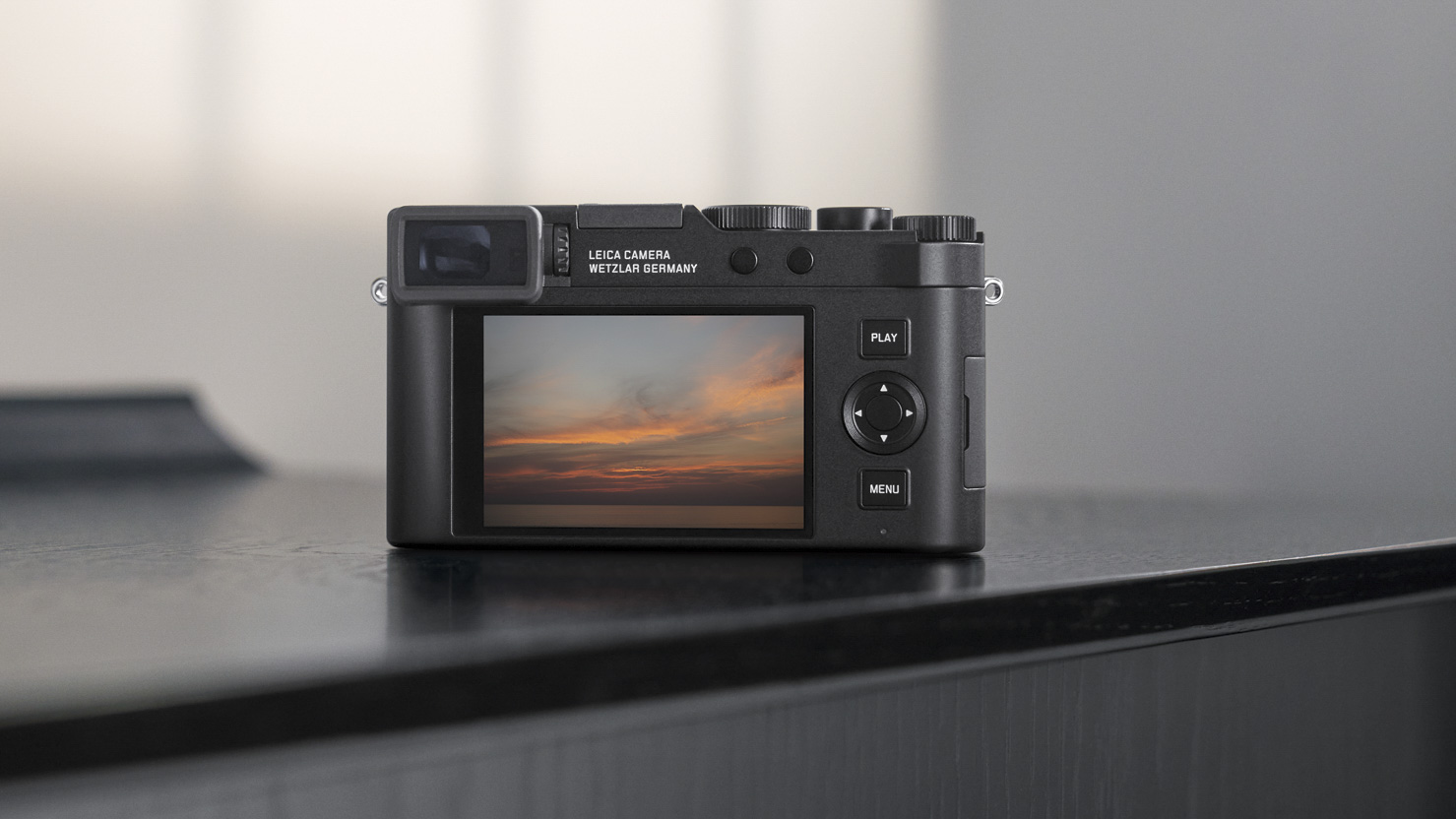The Leica D-Lux 8 premium compact has officially launched – and it's your cheapest way to grab a new Leica
Leica's newly designed D-Lux 8 is like a baby Leica Q3

Leica's latest digital compact camera is official: the D-Lux 8. It comes six years after the D-Lux 7, with a fresh look and UI for 2024 inspired by the Leica Q3, which is Leica's pricier full-frame compact and one of our favorite cameras from 2023.
I've been pouring over the D-Lux 8 specs and press release, and besides the new design, which includes a textured finish, I am struggling to find meaningful updates in the latest version of Leica's cheapest premium compact camera, which is disappointing.
That's not to say the Lux-8 is behind the times in 2024 because the Lux 7 was a highly capable camera back in 2018. We still have the Micro Four Thirds (MFT) 21MP sensor with a maximum photo size of 17MP and 4K video up to 30fps.
The built-in lens is unchanged, too, being a handy 24-75mm f/1.7-2.8 zoom for everyday photography.

What is new is that the D-Lux 8 can now shoot in the raw DNG format and JPEG – a first for the D-Lux line and what felt like a big omission from the D-Lux 7. DNG files are compatible with the best photo editors and give much more editing flexibility than JPEG.
And since the D-Lux 7 was launched, Leica has developed the Leica Fotos app. Based on my experience using the app with the Q3, it is one of the better photo apps available. Paired with the D-Lux 8, it should make editing and sharing images on the go all the better and easier.
Other minor updates include a new electronic viewfinder. Despite having a slightly lower 2.36m-dot resolution (to the D-Lux 7's 2.76m-dot LCD viewfinder), it's a higher-quality OLED-type EVF, plus it's slightly larger with a 0.74x magnification – the overall experience should be much improved.
Get daily insight, inspiration and deals in your inbox
Sign up for breaking news, reviews, opinion, top tech deals, and more.
There's also a bump in resolution for the LCD touchscreen: it's now a crisp 1.84m-dot display, although it's still a fixed type rather than the tilt or flip-out screens that are incredibly useful for shooting from awkward angles.
The D-Lux 8 also now includes USB-C charging, which is necessary for new cameras in 2024 and beyond, following new EU regulations that demand a common charging port for all mobile devices, including cameras.
A Leica that you can actually buy?
What's arguably key with the D-Lux 8 is availability. The D-Lux 7 is no longer available, while the Q3 costs $5,995 / £5,300 / AU$9,790 and is almost always on backorder.
The new D-Lux 8, aka the baby Q3, could be your best bet for a premium red-dot compact, and it costs $1,595 / £1,450 (bear with us for Australia pricing).
That might still sound like a lot of money, and it is a chunky markup from the D-Lux 7 launch price, but the best compact cameras in 2024 are all around and above the $1,100 / £1,000 mark, and the Lux-8 costs less than the Fujifilm X100VI.

I loved shooting with the Leica Q3 and incorporating its design elements into the smaller and lower-cost D-Lux 8 is a sensible move from Leica. I just wish there were some more meaningful improvements – the Lux 8 really could have been the go-to premium compact.
Still, we haven't had our hands on the D-Lux 8 yet, and it could turn out to be a hit once we've reviewed it. In the coming weeks, we'll share our in-depth review with more details and real-world testing.
You might also like

Tim is the Cameras editor at TechRadar. He has enjoyed more than 15 years in the photo video industry with most of those in the world of tech journalism. During his time as Deputy Technical Editor with Amateur Photographer, as a freelancer and consequently editor at Tech Radar, Tim has developed a deeply technical knowledge and practical experience with cameras, educating others through news, reviews and features. He’s also worked in video production for Studio 44 with clients including Canon, and volunteers his spare time to consult a non-profit, diverse stories team based in Nairobi. Tim is curious, a keen creative, avid footballer and runner, and moderate flat white drinker who has lived in Kenya and believes we have much to enjoy and learn from each other.